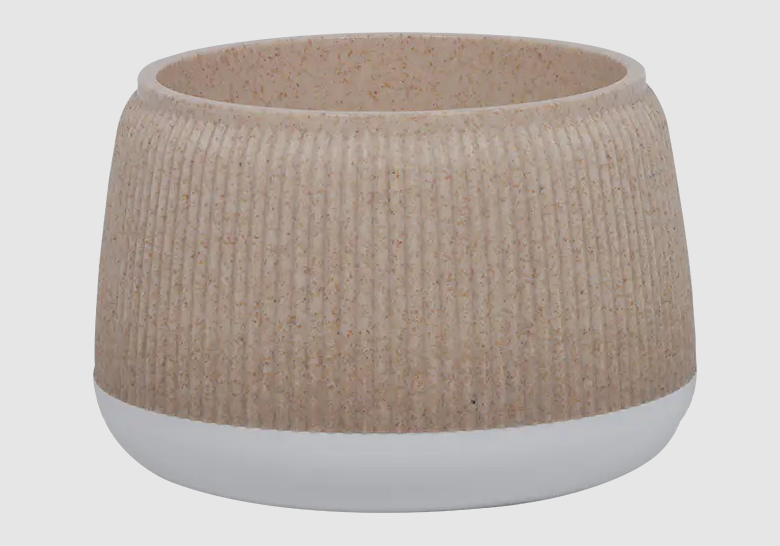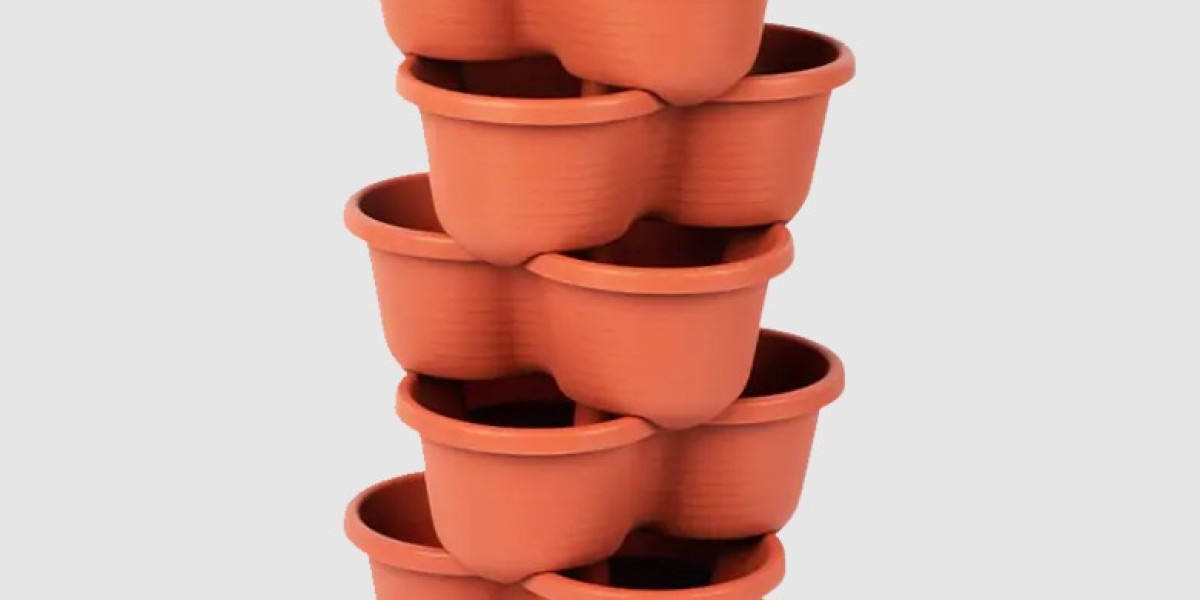Caring for plants often begins with selecting the right container, and the role of a Plastic Tree Pot is more important than many might realize. A container not only provides stability and space for roots to spread but also influences watering, aeration, and overall plant health. As gardening becomes increasingly popular among households, landscapers, and urban dwellers, demand for durable yet versatile pots has been growing steadily. The plastic option, in particular, has gained wide attention because of its balance of function, weight, and adaptability to different environments.

One of the primary advantages of using a plastic tree pot lies in its lightweight nature. Unlike clay or ceramic containers that can be heavy and difficult to move, plastic designs are manageable even when filled with soil and water. For individuals who like to rearrange their indoor plants or frequently adjust outdoor layouts, this portability provides significant convenience. This makes plastic pots especially practical for seasonal gardening, where plants may need to be shifted between outdoor sunlight and sheltered indoor spaces.
Durability is another feature that makes the plastic tree pot stand out. Modern manufacturing processes use high-quality raw materials that ensure resistance to cracking, fading, and weather-related wear. While traditional pots may suffer from chips or breakage when exposed to impact, plastic options are able to withstand handling and environmental pressure over extended periods. For long-term use in gardens, patios, or balconies, this durability helps reduce replacement costs and effort.
Water management is a critical factor in plant care, and the design of a plastic tree pot often includes well-positioned drainage holes. Proper drainage prevents waterlogging, which can damage roots and stunt growth. At the same time, plastic materials do not absorb moisture the way clay does, allowing gardeners to better control hydration levels. This makes them particularly suitable for species that require consistent moisture without the risk of excess water retention.
The appearance and design flexibility of plastic pots also contribute to their popularity. Manufacturers can produce them in a wide variety of colors, shapes, and sizes, giving gardeners freedom to match their plant containers with personal aesthetic preferences or landscape designs. Whether the goal is a simple minimalist style for an office space or a decorative touch for a living room corner, there are options available to complement the setting.
In addition, the plastic tree pot is adaptable for both small-scale home use and large-scale horticultural projects. Nurseries and professional growers often rely on plastic containers for cultivating young trees because they allow easy handling during transportation and transplantation. Their affordability compared to other materials further enhances their value for commercial operations that require large quantities of pots without sacrificing quality.
From an environmental perspective, the conversation about plastic has shifted significantly over the past decade. Many manufacturers are now working toward producing pots made from recycled or recyclable materials. This provides a more sustainable path for gardeners who are conscious of reducing their ecological footprint. Using recycled plastic for tree pots not only supports responsible consumption but also extends the life cycle of materials that would otherwise become waste.
Another notable point is that plastic pots require less maintenance than alternatives. They are easy to clean, resistant to stains, and less prone to algae buildup on the outer surface. A simple rinse or wipe can restore their appearance, ensuring they remain presentable even after extended outdoor exposure. This practicality appeals to both casual hobbyists and professional landscapers who prefer to spend more time nurturing plants than maintaining containers.








